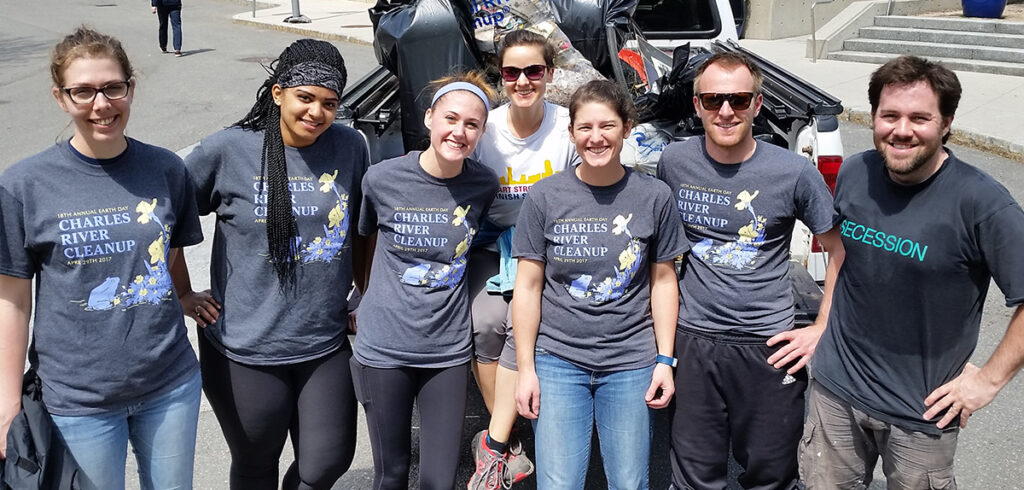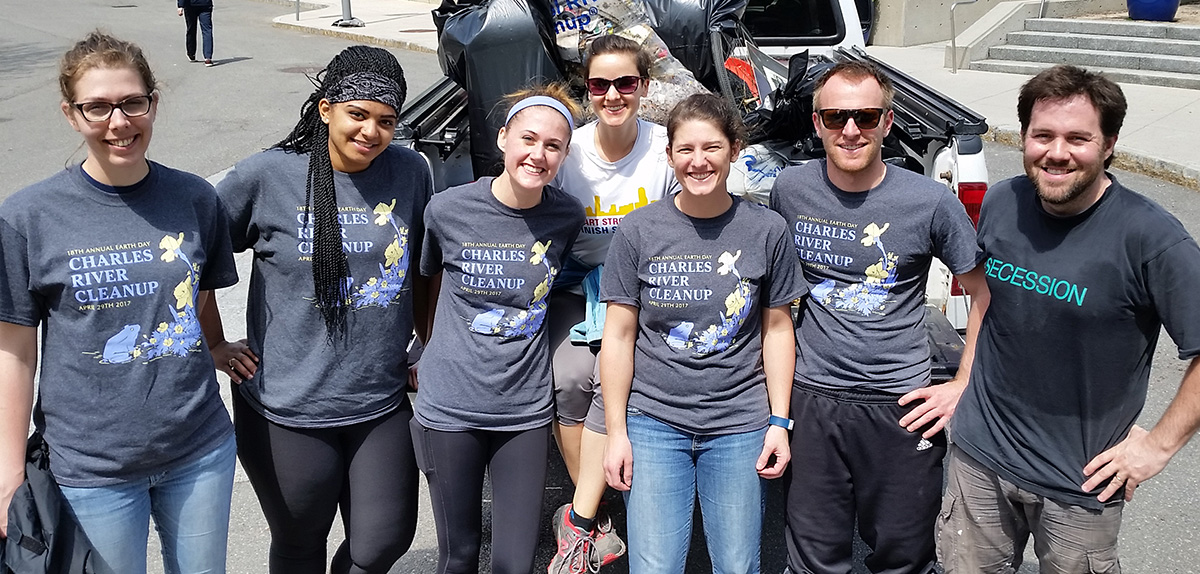Bruner/Cott & Associates was established in 1973 with a strong commitment to design excellence and to enhancing quality of life, economic vigor, and sense of community through thoughtful, sustainable design. The firm philosophy is rooted in the notion that appropriate and sensible design solutions derive from creative interpretation of place, program, and culture within the framework of environmental responsibility. At Bruner/Cott, architecture is a site-specific art rather than an imposed style, thoughtfully considering each project within the context of its mission and its values.
Employee Response
HOW HAVE THE EMPLOYEES RESPONDED TO THE JUST PROGRAM AND THE WILLINGNESS OF THE FIRM TO DEMONSTRATE TRANSPARENCY ON THESE SENSITIVE ISSUES? HAS THIS PROCESS AND JOURNEY HELPED ELEVATE EMPLOYEE ENGAGEMENT LEVELS?
Bruner/Cott’s pursuit of JUST has been well-received by our staff, and, along with other firm efforts, has elevated employee engagement and empowerment. Our JUST application occurred in conjunction with a general move towards greater firm transparency, including more dialogue on financial performance, salaries, and bonuses. Employees have told us that this openness makes the firm a better place to work and that they find it refreshing and encouraging.
Key Benefits
WHAT DO YOU THINK ARE THE MOST VALUABLE BENEFITS TO ANY ORGANIZATION PURSUING THE JUST LABEL?
The simplest aspect of JUST —that it requires management to take stock of the firm’s current business and operational practices—is also the most valuable. Pursuing JUST gave us an opportunity to examine our practices and values in a structured way and gave us access to resources to better understand the ‘state of the marketplace’. The JUST framework provides a path for change with the integrated rating system creating clear goals for improvement. This eliminates the task of getting consensus on what “better” means. We believe it’s hard to improve things that you don’t measure—JUST provides a way to measure ourselves, both internally and in comparison to our peers. JUST was also valuable to us as a pre-requisite for leading Living Building Challenge projects.
Leveraging the Label
IN WHAT WAYS ARE YOU LEVERAGING THE JUST LABEL? ARE YOU USING JUST IN YOUR SUSTAINABILITY REPORTING, BLOG ARTICLES, SOCIAL MEDIA OR CORPORATE COMMUNICATIONS?
We feature JUST selectively in our marketing materials for audiences who will appreciate and understand it. We also sent out a press release highlighting our achievement and posted the press release on our website. Our JUST label has come up in several interviews with potential hires and some of our newer employees have said that it’s one of the reasons they were interested in our firm. We have been using the JUST program as a way to reach out to peer firms in our area and identifying ourselves as a resource for their pursuit of the Label.
Advice for Prospects
WHAT ADVICE WOULD YOU GIVE PROSPECTIVE JUST ORGANIZATIONS?
The JUST framework is about acknowledging the current state of the organization and exploring multiple pathways for organizational development and growth. While it is understandable that some in the organization may be reluctant to share less than stellar scores on the Label, it does highlight specific opportunities for improvement that might not otherwise be ever addressed. The JUST Program is easy to learn and grasp.
Lessons Learned
WHAT ARE SOME OF THE MOST IMPORTANT LESSONS LEARNED ABOUT YOUR ORGANIZATION AS A RESULT OF THE JUST APPLICATION PROCESS?
Our firm’s core values align well with the core principles of the JUST Program. Our application process confirmed that we had a lot to feel good about but also revealed a few surprises and opportunities for improvement. As a firm that prides itself on a strong culture of personal initiative and organic processes, we had shied away from implementing too many formal policies. The JUST Program gave the firm an opportunity to formalize some of our best practices into policies that employees can count on.
Changes in Policy
CAN YOU DESCRIBE SOME OF THE MOST CONSEQUENTIAL CHANGES TO ORGANIZATIONAL POLICIES AND PRACTICES AS A RESULT OF JUST?
After a year of several organizational changes, the firm had already taken some significant steps:
- We’ve long had a gender balanced workforce and a series of promotions increased female representation in leadership and management to 38%. We will continue to work towards parity by rejecting gendered professional roles, supporting work-life balance, and encouraging professional development for all.
- We evaluated and adjusted our pay scale and earned the highest score for gender pay equity by having less than 2% variance in pay between male and female across all pay classes.
- Our team reports that better communication, challenging project work, and more design dialogue have helped cultivate a more collaborative and engaged work environment. Our worker happiness score improved from Level 1 to Level 3.
We improved our parental leave policy from 12 weeks of unpaid leave to 12 weeks of partially paid leave for birth mothers and 2 weeks of paid leave for non-birth parents. We added gender equity, living wage, sustainable practices, and community/local sourcing and support policies to our employee handbook.
What Worked Well
ARE THERE SPECIFIC POLICY CHANGES THAT HAVE BEEN PARTICULARLY WELL RECEIVED? PLEASE DESCRIBE.
One of the most popular changes has been the addition of a volunteer policy. We offer several group volunteer opportunities every year, which are consistently and enthusiastically attended. Our new parental leave policy has also been well received and eagerly utilized by a number of our staff.
Management Tool
PLEASE DESCRIBE HOW THE FIRM INTENDS TO USE JUST AS A MANAGEMENT TOOL AND FRAMEWORK MOVING FORWARD.
We have several categories earmarked for future changes based on where we want to improve and what is most feasible for us financially and culturally. This gives us a clear path forward to improvement. It’s our goal to use JUST as a way to engage more easily in firm-wide discussion on company policies (it’s more user-friendly than the whole company handbook). We also plan to use the framework’s biennial renewal process as a check-in to see if our efforts are working, especially with regards to equity.


